The world of robot vacuum cleaners has drastically changed over the years. Initially there were few brands that had bet on this type of smart cleaning, but now it really seems the rule. Over the years, Roomba has nevertheless remained one of the best-known protagonists, a point of reference, which has recently also invested in an almost exclusive feature: self-emptying. The one under test, iRobot Roomba i3 +, is one of the cheapest in the series, and on the one hand it has undoubtedly superior suction capacity, on the other hand there is no lack of compromises.
Like the previous models, the Roomba i3 + features the 48 cm high Clean Base, which allows you to automatically empty the robot's bin every time it returns to the base. Obviously, this small tower makes cleaning even smarter, because the user really does not have to worry about emptying the dustbin at each cleaning. On the other hand, however, it will not be possible to hide this base discreetly under a sofa. Finding, however, the right corner in the house, it will certainly not disfigure. The vacuum cleaner itself is the classic disc, 9.2 centimeters high, which weighs about 3.5 kilos.
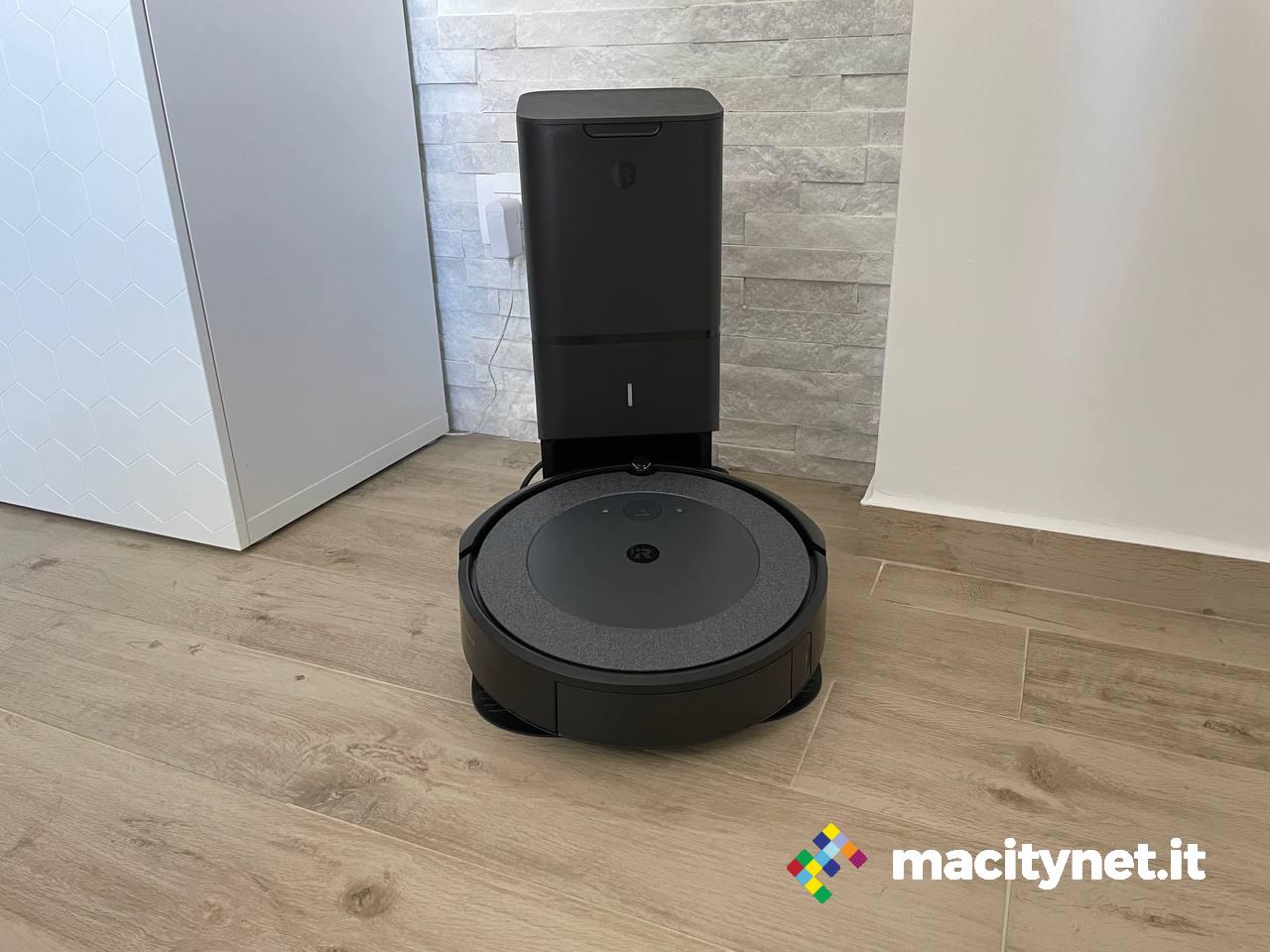
Roomba i3 +, during our tests, worked continuously for about 115 minutes before having to recharge, managing to almost completely vacuum a house of about 120 square meters, with several obstacles to make the passages more difficult. We immediately noticed a difference in the trajectories followed, compared to many other cheaper Chinese robots. Sometimes, at first glance, it seemed more confused and less precise, but in reality, once the cleaning was completed, we realized that precision is one of its strong points, managing to sweep even the most problematic points, which other competitors struggle to instead sweep completely.
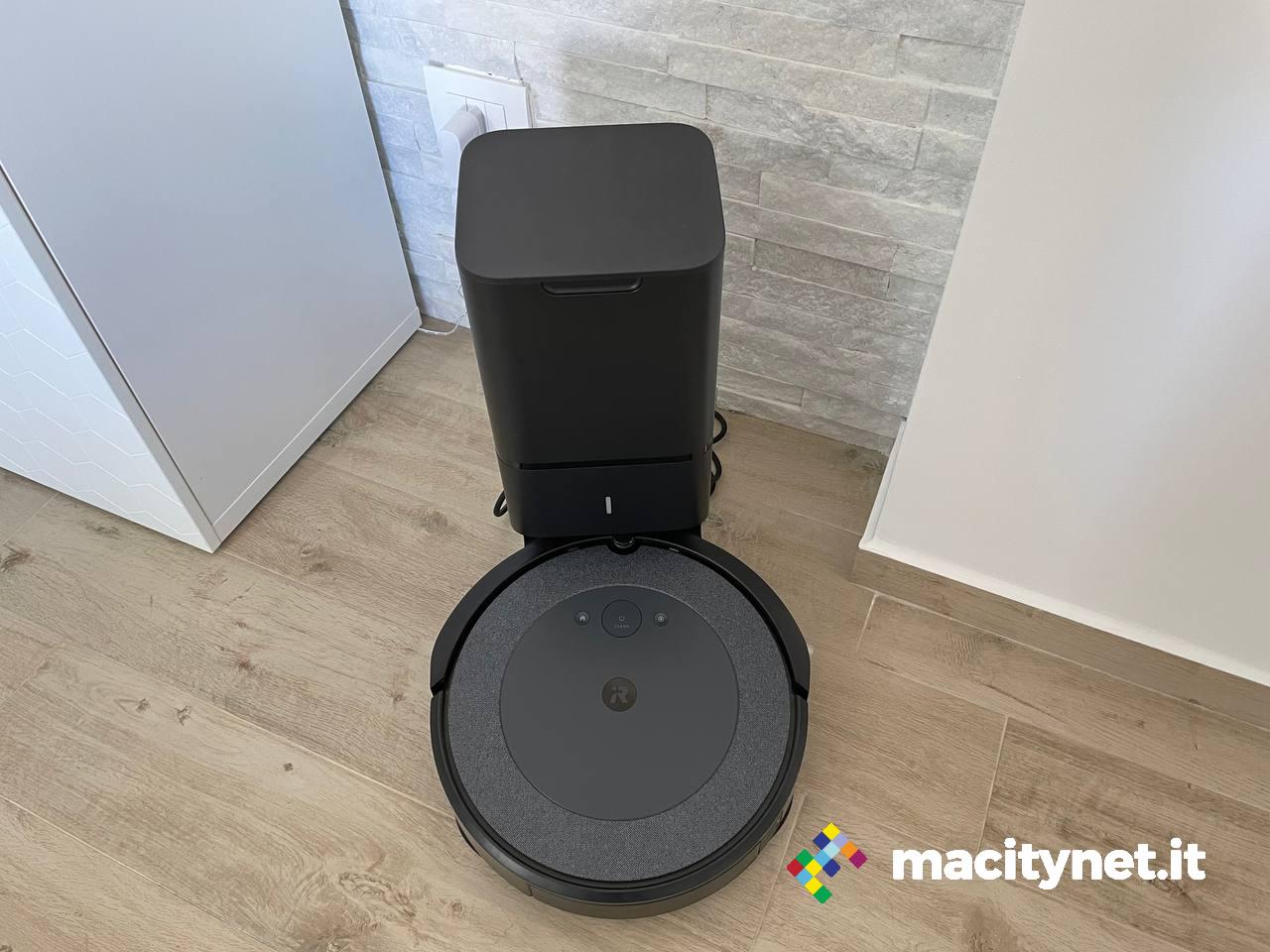
Among the points in favor of this robot there is certainly the suction brush, or rather the brushes. They are two, in silicone, and with a completely different design from that of any other similar robot. Brushes are much more efficient because they don't allow hair, or strands, to tangle like other similar products. They have a great ability to direct dust into the compartment, and they clean particularly well. After several cleanings, we realized that the long hair collected, finally, was no longer a problem for the vacuum cleaner, while with other similar products, it is necessary to spend several minutes cutting and removing the hair wrapped in the brush.
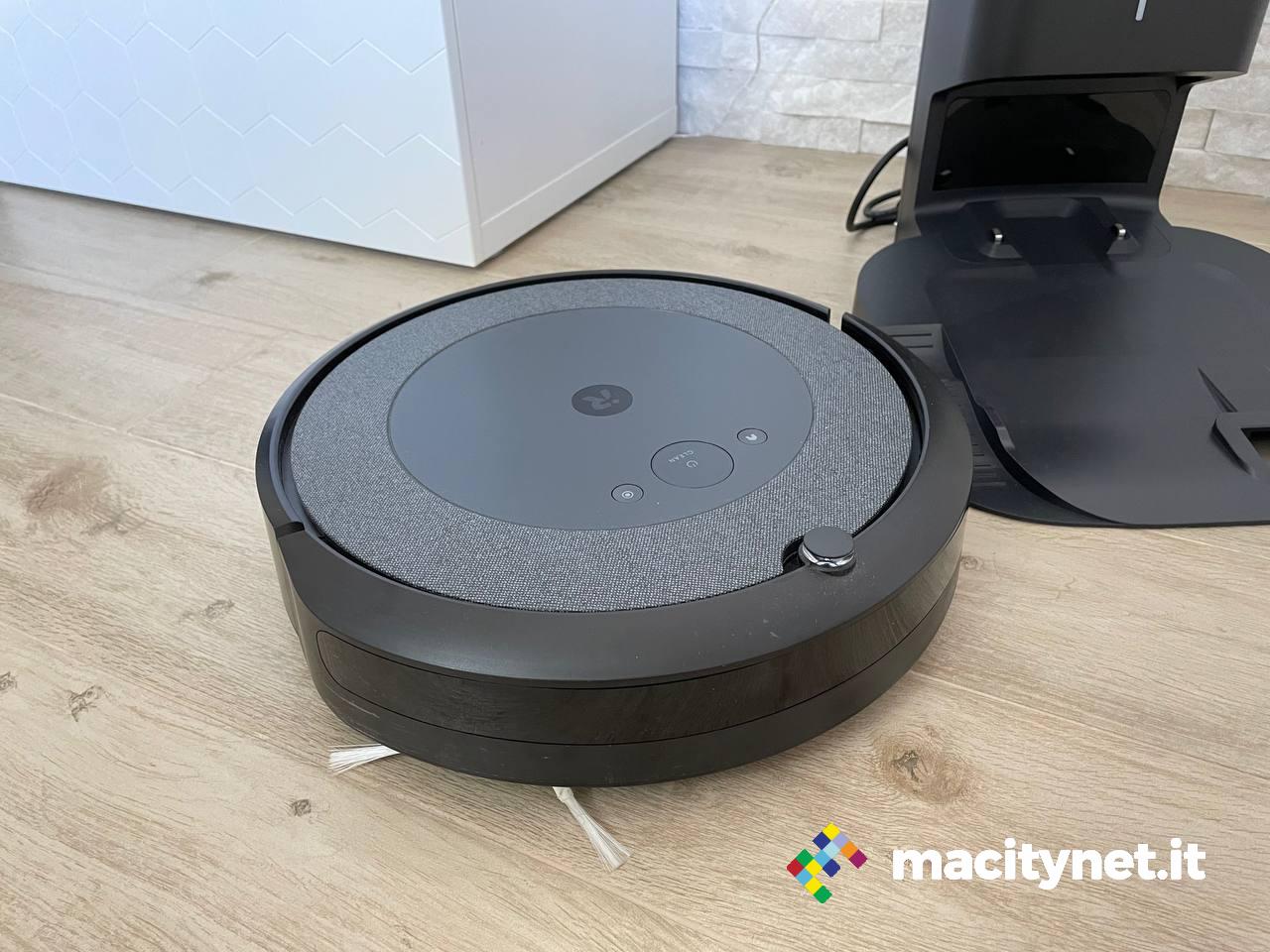
In terms of noise, the robot does not seem to exceed 60 decibels, while during the few seconds of automatic emptying the noise is significantly higher: it is difficult to think of using it if someone rests at home, considering that when emptying the noise produced is really high. Fortunately, the emptying process only takes a few seconds.
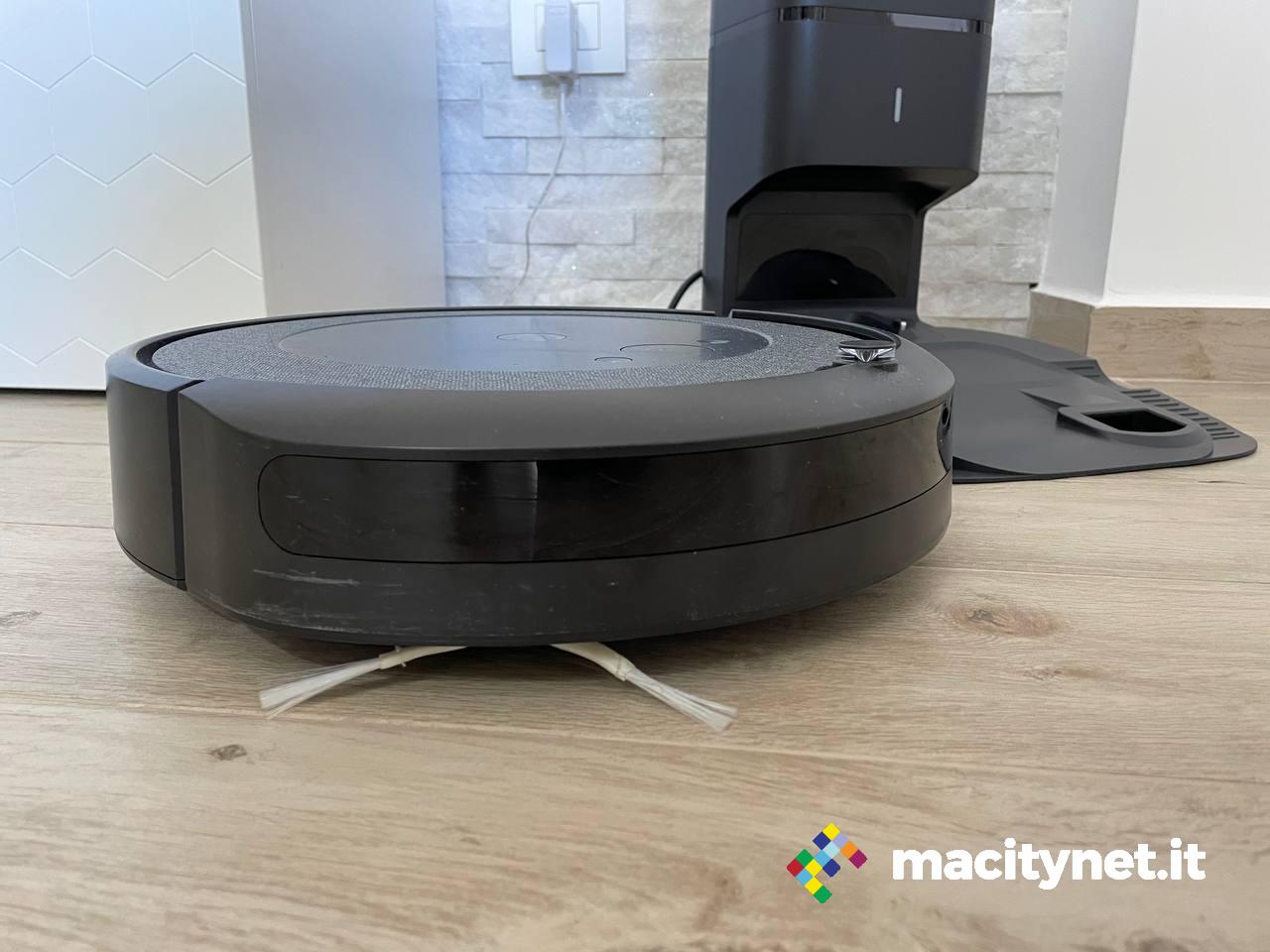
Obviously, like any other robot of the same genre, it cannot stand cables at all. Even the app itself, upon first pairing, warns the user about preparing the house, inviting everyone to remove the wires present in the house. Also, we rescued him in several circumstances, after he got stuck under the bed, or on some sofa feet. This, however, is not a problem, because it is a limitation common to all vacuum cleaners of this type. The real problem is not being able to correct these hitches through software. The reason is soon said.
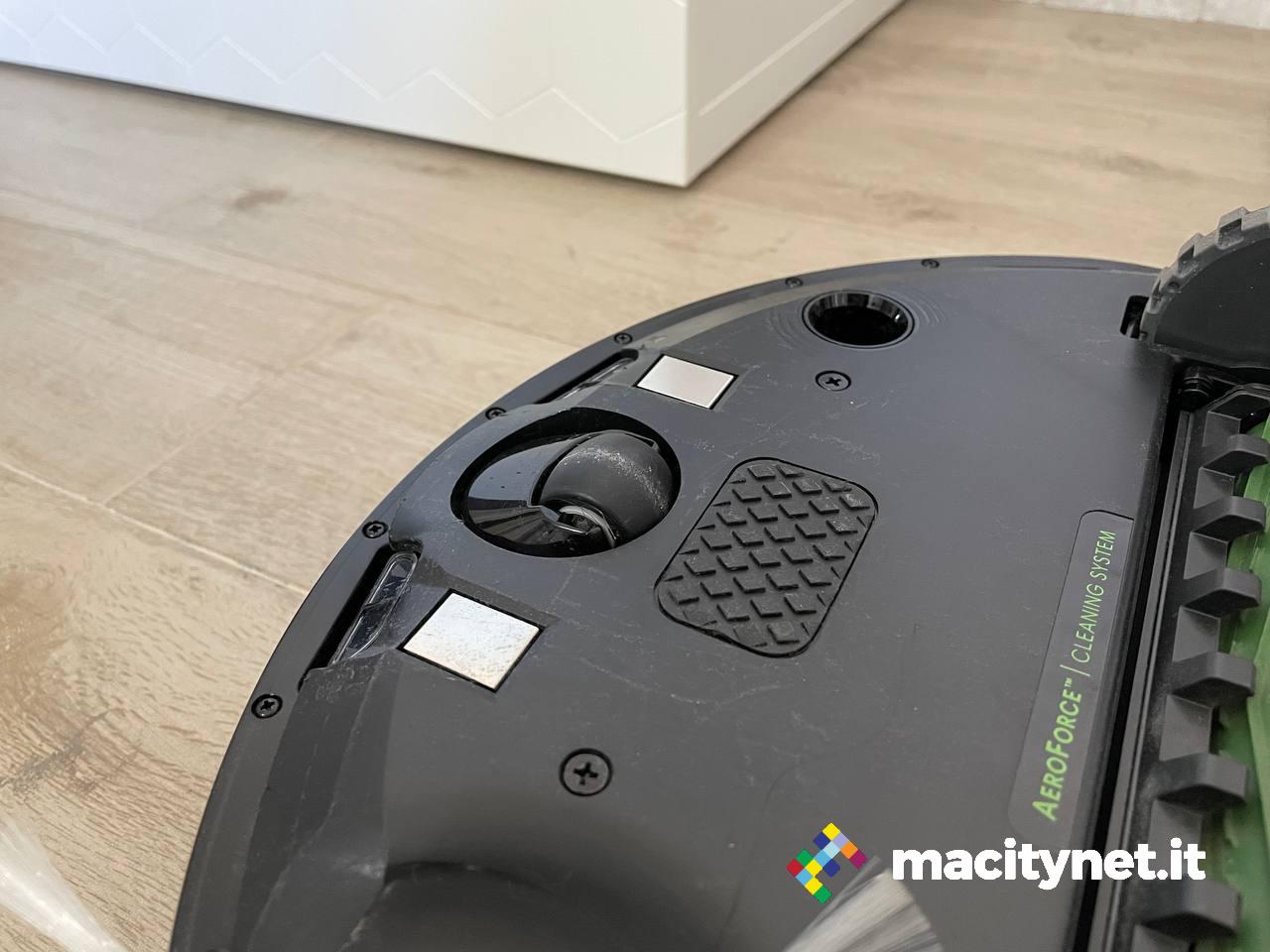
If on the one hand the first pairing of Roomba i3 + with the app is absolutely fluid, intuitive and fast, on the other hand the app does not allow you to intervene massively on cleaning. It is possible to connect the vacuum cleaner to the Google Assistant or Alexa, as well as to schedule cleaning and choose whether to perform one or more steps. Furthermore, it is possible to pause the cleaning, or choose a time limit before returning to automatically empty the dust container. Nothing else.
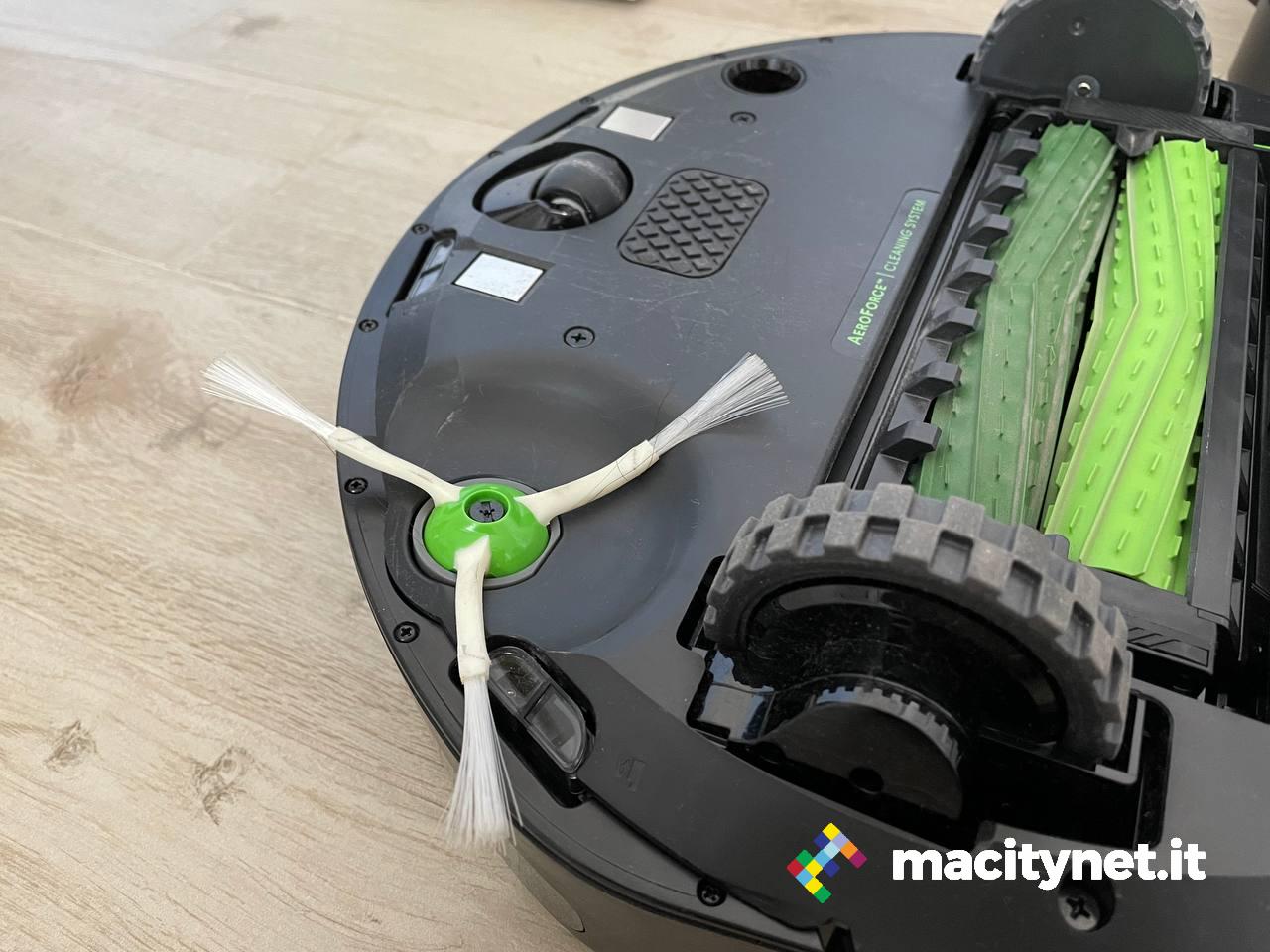
We wasted a lot of time looking for some setting related to mapping, perhaps to set no-access areas, to solve precisely those limits common to all vacuum cleaners, avoiding making them run into some obstacle in the house. This means that if you have a permanent obstacle in your house, such as the feet of a sofa, there will be no way to set a virtual obstacle on the map to tell the vacuum cleaner not to approach. Again, in our case we noticed that the robot manages to get under the bed, and then gets stuck without being able to get out. Again, there is no way to exclude setting the perimeter of the bed as a no-access zone. For these functions it is necessary to turn attention to the i7 + model.
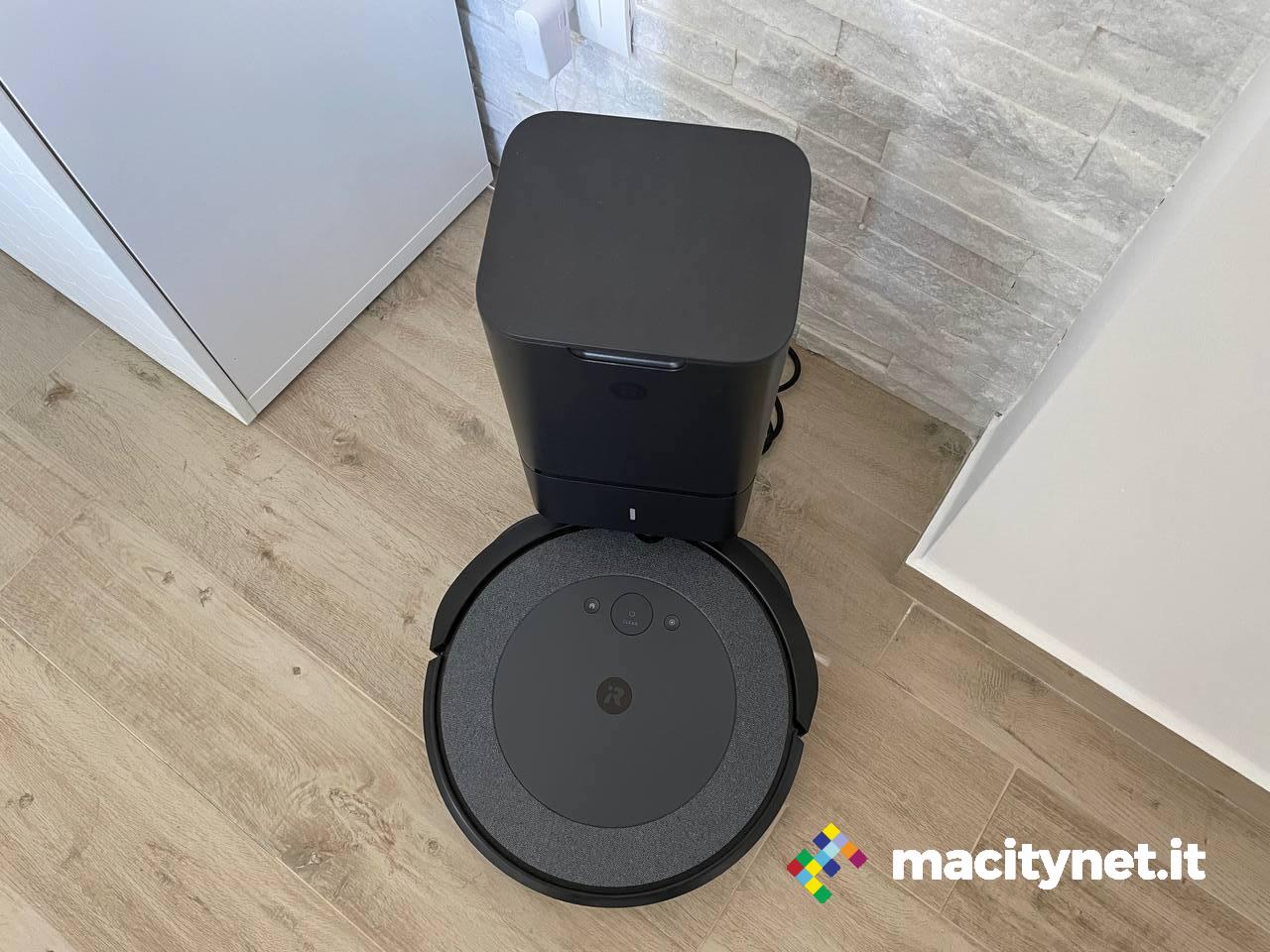
The i3 + model, of course, creates a virtual map of the house, and does it quite accurately, but there is no possibility of intervening on the map to set virtual borders (which instead can be created with special accessories to be purchased separately), just as it is not possible to draw specific areas for cleaning.
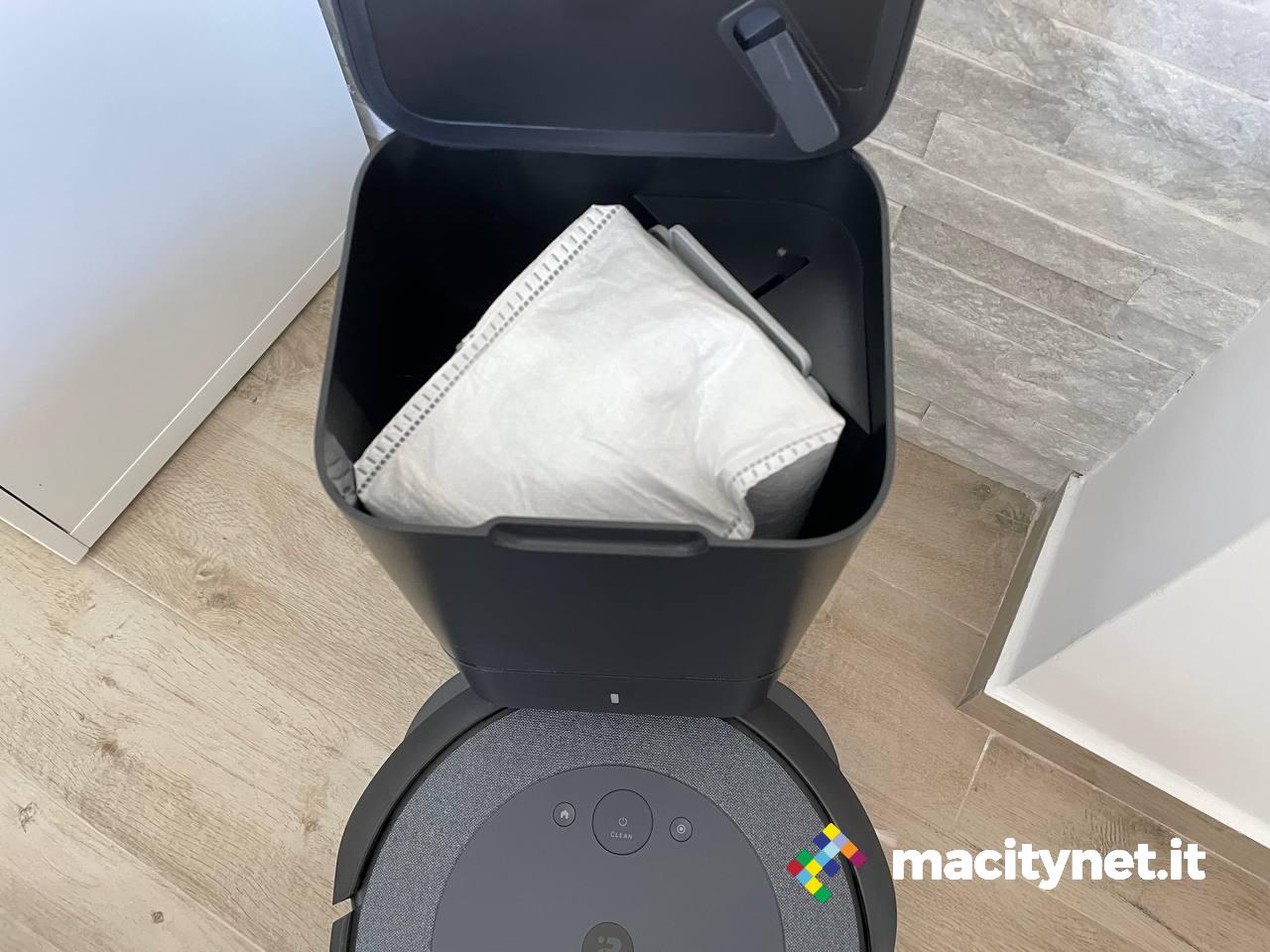
We have nothing to complain about the cleaning skills of the robot, which seems to have correctly identified the dirtiest areas of the floor, and which at the end of its journey managed to vacuum the surface very well. The self-emptying process is very convenient, as well as the commands given via the voice assistant are absolutely punctual.
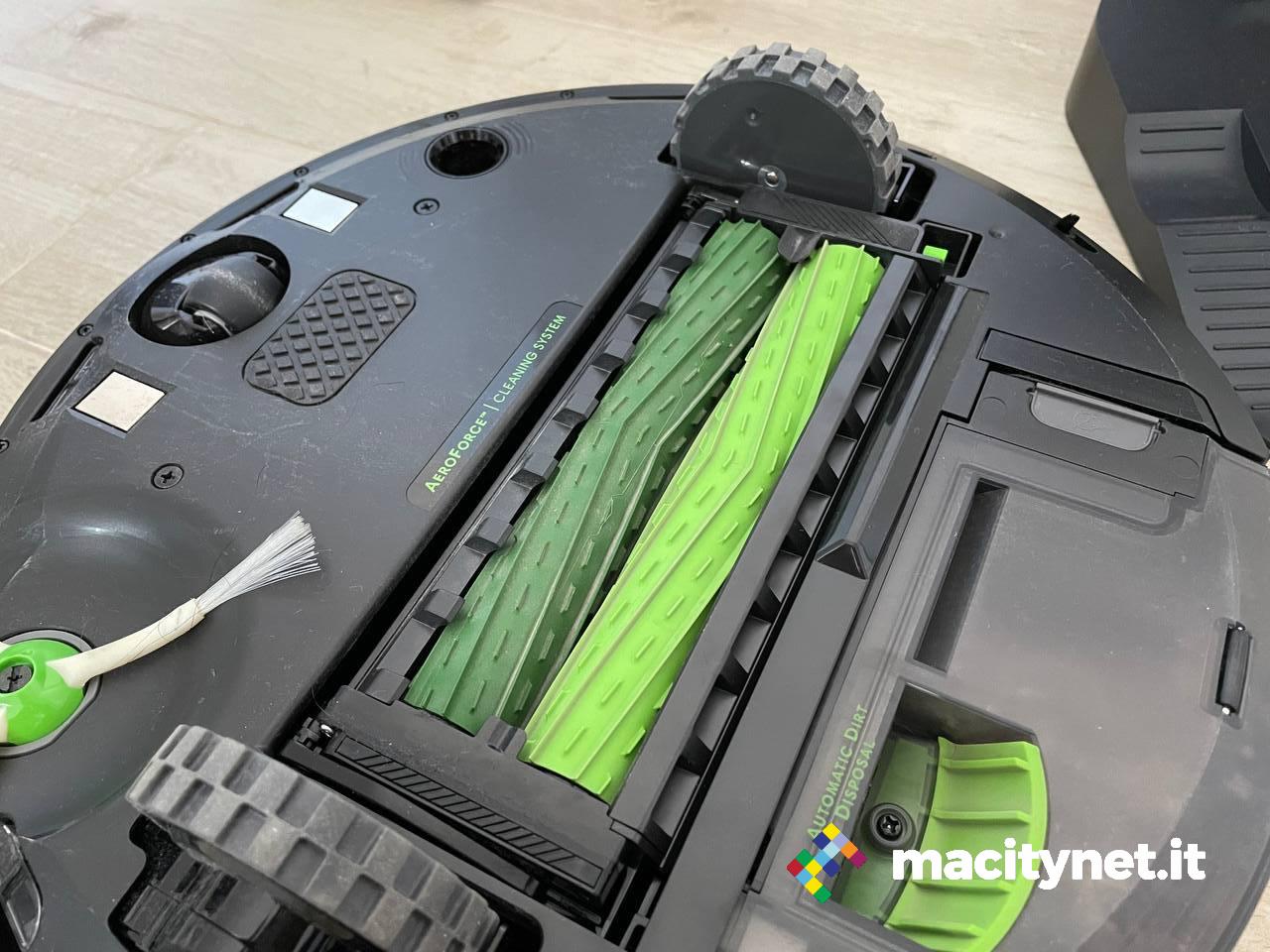
Too bad that the version in question does not allow any advanced mapping functions of the house. If you want to set up virtual obstacles, no-access areas, the advice is to spend a little more, and turn your attention to the i7 + model. The difference between the two models is just 100 euros (at least at the time of the offers on the official website), but it is certainly a sum worth investing to get the most out of the mapping functions.
PRO
VERSUS
Pricing and availability
On Amazon Roomba i3 + with self-draining tower costs 699 euros, while the i7 + model costs just 100 euros more. If you want to save money and eliminate the self-emptying tower you can i3 for 429 euros.





